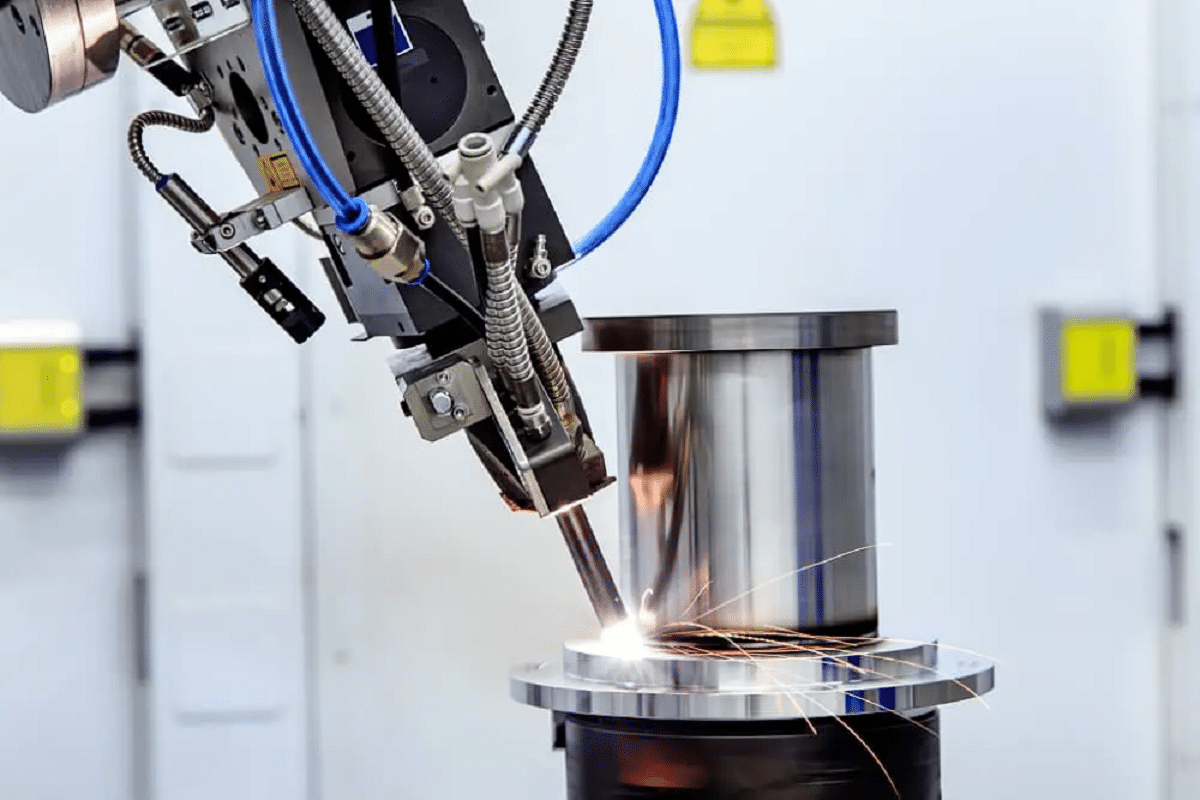Mastering the Art of Welding: Exactly How to Stay Clear Of Undercut Welding Issues for Flawless Construction Results
By understanding the root causes of undercut welding and executing efficient methods to avoid it, welders can raise their craft to brand-new degrees of excellence. In the search of flawless fabrication results, mastering the art of welding to avoid undercut issues is not just a skill yet a need for those making every effort for excellence in their job.
Recognizing Undercut Welding

To stop undercut welding, welders should make certain proper welding specifications, such as adjusting the present, voltage, traveling rate, and preserving the right electrode angle. Additionally, utilizing the ideal welding technique for the certain joint configuration is necessary. Employing weaving movements or backstepping strategies can help make sure correct weld steel deposition and decrease the probability of undercut development. Regular evaluation of welds during and after the welding procedure is additionally essential to catch any kind of undercut very early and make necessary adjustments to avoid more issues. Preventing weld undercut. By understanding the root causes of undercut welding and executing safety nets, welders can attain top quality, structurally sound welds.
Root Causes Of Undercut in Welding
Recognizing the factors that contribute to damage in welding is important for welders to generate top quality, structurally audio welds. Poor welding wrong or current welding rate can additionally contribute to damage. Recognizing these causes and applying proper welding strategies can aid prevent undercutting problems, making sure strong and sturdy welds.
Strategies to avoid Undercutting

To reduce the risk of undercutting in welding, welders can utilize critical welding techniques aimed at enhancing the high quality and stability of the weld joints. One efficient approach is to readjust the welding criteria, such as voltage, existing, and take a trip rate, to ensure proper heat input and deposition. Preserving an appropriate electrode angle and making sure constant travel speed can likewise assist stop undercut. Furthermore, utilizing the right welding method for the certain joint setup, such as weave or stringer beads, can add to decreasing undercutting. Preventing weld undercut.
Furthermore, correct joint prep work, including ensuring tidy base products without contaminants and making use of the proper welding consumables, is important in avoiding undercut flaws. Using back-step welding methods and managing the weld grain account can also assist disperse heat equally and decrease the threat of undercut. Routine inspection of the weld joint during and after welding, as well as executing high quality assurance measures, can help in addressing and finding undercutting concerns quickly. By applying these strategies faithfully, welders can attain flawless manufacture results with minimal undercut issues.
Significance of Appropriate Welding Criteria
Selecting and preserving proper welding criteria is important for accomplishing effective welds with marginal issues. Welding parameters refer to variables such as voltage, present, travel rate, electrode angle, and securing gas circulation price that directly impact the welding process. These parameters need to be very carefully readjusted based upon the kind of product being bonded, its density, and the welding technique employed.
Proper welding parameters ensure the correct amount of heat is related to melt the base metals and filler product evenly. If the criteria are established too expensive, it can bring about too much warm input, causing burn-through, spatter, or distortion. On the various other hand, if the parameters are too reduced, insufficient combination, lack of penetration, or undercutting might happen.
Quality Control in Welding Operations

Conclusion
Finally, understanding the art of welding needs an extensive understanding of undercut welding, its causes, and strategies to avoid it. By ensuring correct welding specifications and implementing quality control techniques, perfect fabrication outcomes can be achieved. It is crucial for welders to constantly strive for quality in their welding operations to stay clear of undercut issues and produce high-grade welds.
Undercut welding, a typical issue in welding processes, takes place when the weld metal does not correctly load the groove and leaves a groove or depression along the bonded joint.To protect against undercut welding, welders need to make sure correct welding specifications, such as readjusting the current, voltage, travel rate, and maintaining the right electrode angle. Poor welding incorrect or present welding rate can also contribute to damage.To minimize the risk of damaging in welding, welders can use strategic welding methods anchor intended at boosting the quality and stability of the weld joints.In verdict, understanding the art of welding requires a complete understanding of undercut welding, its reasons, and techniques to click now prevent it.